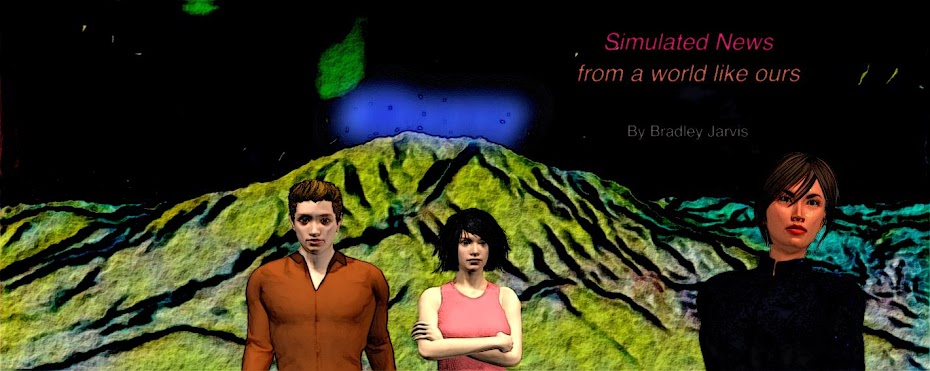TIME TO STRATEGY EXECUTION: 123 DAYS
In a joint statement issued this afternoon, business groups from around the world pushed back on the possibility implied by Secretary General Decatur that rich people might be responsible for the sabotage of WICO’s servers on Monday. The statement asserted that “It is irresponsible for a world leader to blame an entire class of people for the willful extermination of our species and others. Secretary General Decatur is using innuendo based on questionable science to vilify people, much as racists have done, with the potential for equally horrific consequences.” They also demanded an apology and a retraction from Decatur, with assurances that no action would be taken against any of their members or affiliates.
The following reply was posted on the WICO web site: “Investigation into the deliberate destruction of our servers is ongoing. It is reasonable to include among possible motives any potential personal gain that could accrue to individuals as a result of the act. The example given by the Secretary General on 26 February is only one of the motives being considered, and will not be ruled out until and unless evidence demands it. Note that there is an incontrovertible correlation between wealth and consumption, which would have been substantially reduced based on public information about the global strategy that was available prior to the act.”
WICO has given no indication yet that it is considering any state actors as suspects.
Reality Check
Given how hobbled a WICO-type organization would be, and its parallel focus on reconstructing the prime work product that it lost, casting a wide net to enlist the help of the public is a reasonable approach that it might use. This also serves the dual purpose of training people to find and reduce excess consumption.








